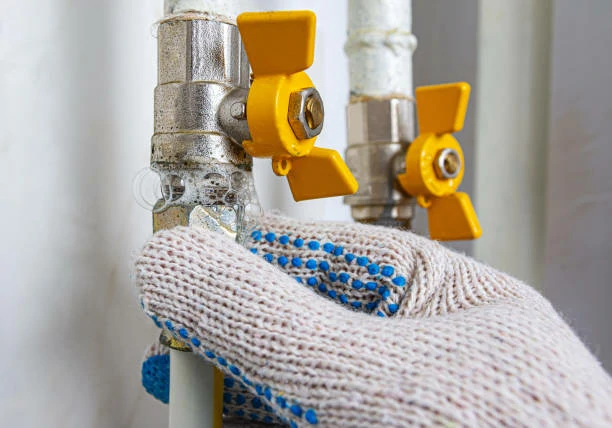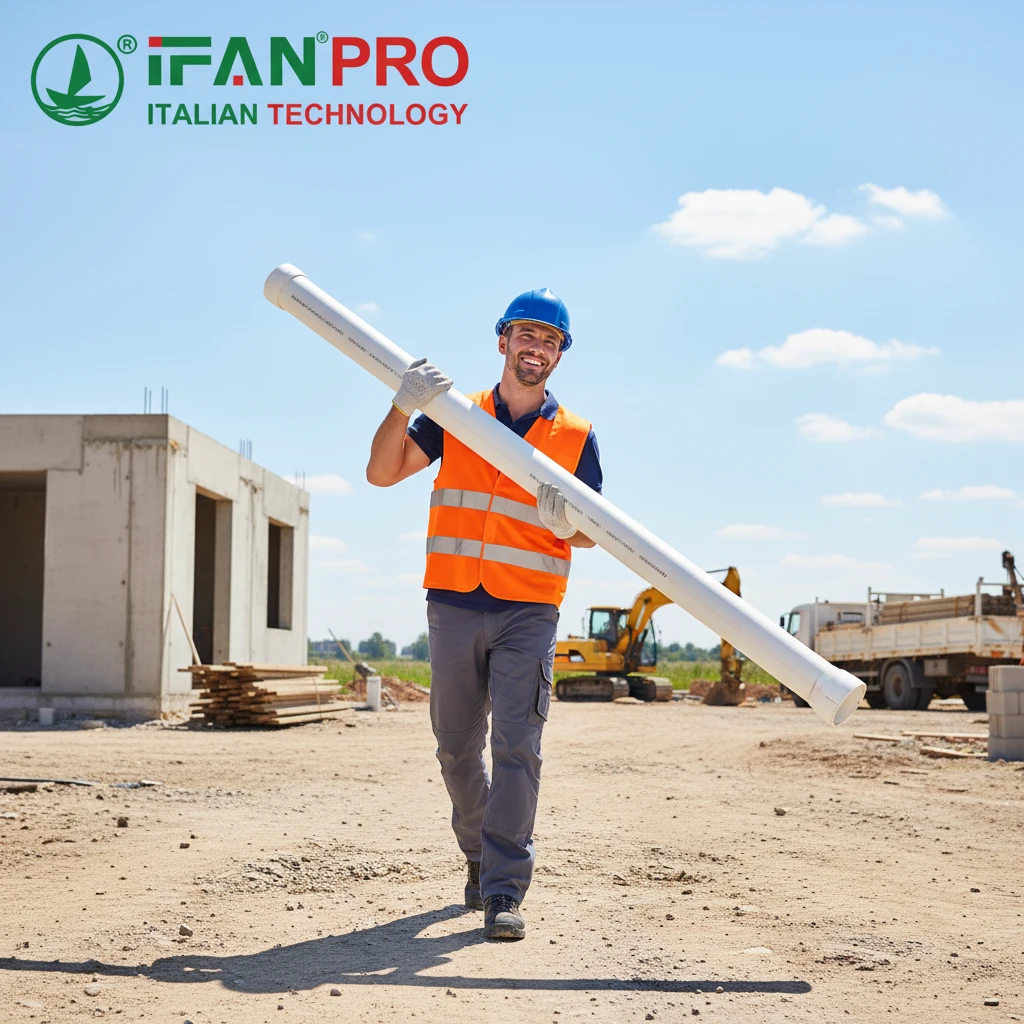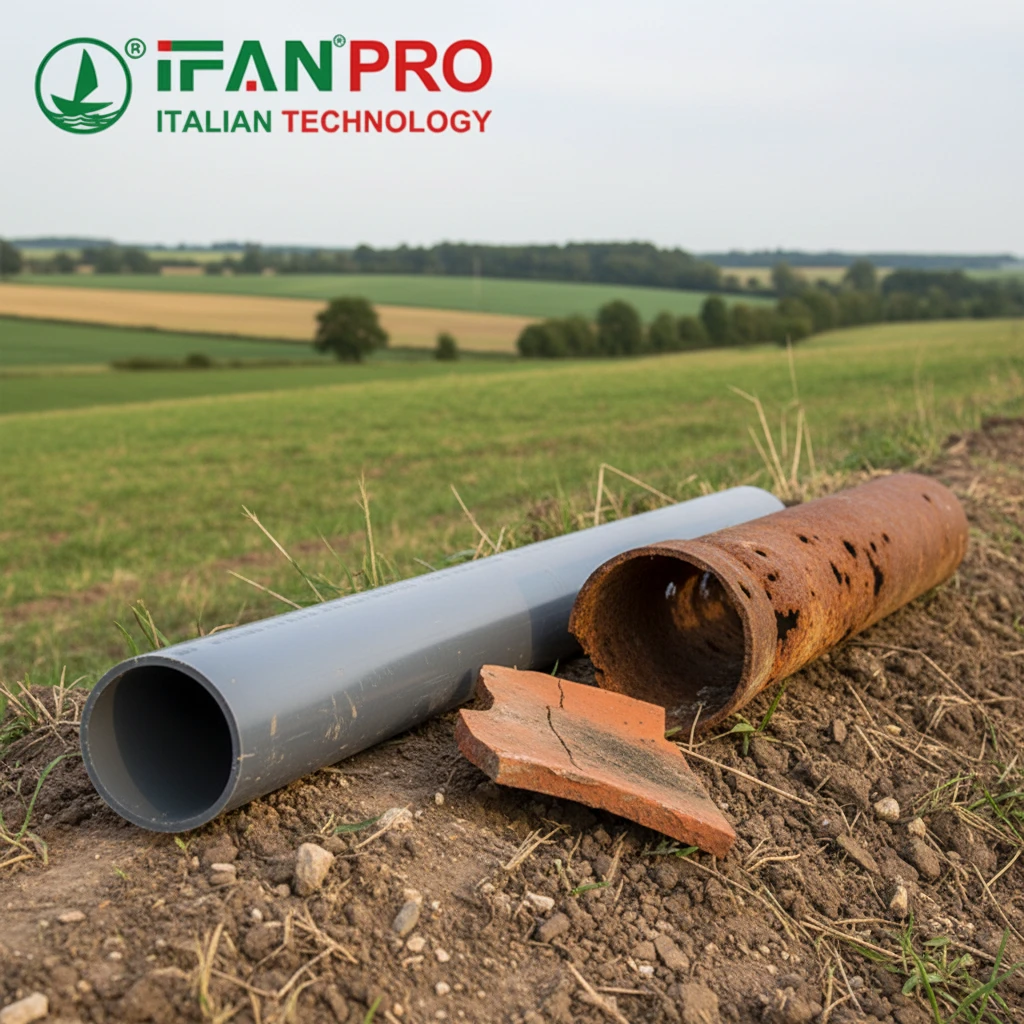Introduction
Importance of Proper Gas Pipeline Installation
Proper installation of gas pipelines is crucial for safety and efficiency. Errors in installation can lead to serious hazards, including leaks, explosions, and system failures. Understanding common mistakes and how to avoid them is essential for any installation project.
Overview
This guide explores common errors in gas pipeline installation and provides practical solutions to avoid them. Following these guidelines ensures a safe and efficient gas delivery system.
Common Errors in Gas Pipeline Installation
1. Incorrect Pipe Sizing
Description
Using pipes that are too small or too large for the gas flow can cause pressure issues and inefficiency.
Common Causes
- Lack of proper planning and calculations
- Ignoring manufacturer recommendations
Solutions
- Conduct thorough calculations to determine the correct pipe size.
- Follow manufacturer guidelines for pipe sizing.
- Consult with professionals if unsure about the appropriate size.
2. Poor Pipe Connections
Description
Improperly connected pipes can lead to gas leaks and system failures.
Common Causes
- Incorrect fitting types
- Inadequate tightening of connections
- Using damaged or worn-out fittings
Solutions
- Use the correct type of fittings for each connection.
- Ensure connections are securely tightened without overtightening.
- Regularly inspect and replace damaged fittings.
3. Inadequate Support and Securing
Description
Pipes not properly supported can sag, leading to stress and potential breaks.
Common Causes
- Insufficient or improperly placed supports
- Using inappropriate support materials
Solutions
- Install supports at regular intervals as per guidelines.
- Use appropriate materials for supports that can withstand the weight and environmental conditions.
- Regularly check and maintain support structures.
4. Incorrect Pipe Materials
Description
Using incorrect materials can lead to corrosion, leaks, and system failures.
Common Causes
- Choosing materials based on cost rather than suitability
- Ignoring environmental and operational conditions
Solutions
- Select materials that are suitable for the type of gas and environmental conditions.
- Consult with experts to choose the right materials.
- Avoid using substandard or incompatible materials.
5. Insufficient Ventilation
Description
Lack of proper ventilation can lead to gas buildup and potential hazards.
Common Causes
- Ignoring ventilation requirements during planning
- Improper placement of vents
Solutions
- Ensure adequate ventilation is planned and implemented.
- Install vents in appropriate locations to facilitate proper airflow.
- Regularly inspect ventilation systems for blockages and functionality.
6. Inadequate Pressure Testing
Description
Skipping or inadequately performing pressure tests can lead to undetected leaks and system failures.
Common Causes
- Rushing the installation process
- Using incorrect testing procedures
Solutions
- Perform thorough pressure testing after installation.
- Follow standard procedures and guidelines for pressure testing.
- Address any detected issues before commissioning the system.
7. Improper Joint Sealing
Description
Poor sealing of joints can result in gas leaks and inefficiency.
Common Causes
- Using the wrong type of sealant
- Inadequate application of sealant
Solutions
- Use the appropriate sealant for the type of gas and pipe material.
- Apply sealant evenly and adequately.
- Inspect seals regularly and reapply if necessary.
How to Avoid Common Errors
1. Planning and Preparation
Thorough Planning
- Conduct detailed planning before beginning the installation.
- Consider all factors, including pipe sizing, material selection, and ventilation.
Professional Consultation
- Consult with professionals and experts to ensure proper planning.
- Follow industry standards and guidelines.
2. Proper Training and Knowledge
Training Programs
- Ensure all personnel involved in the installation are properly trained.
- Regularly update training programs to include the latest standards and practices.
Knowledge Sharing
- Promote knowledge sharing among team members.
- Encourage continuous learning and improvement.
3. Regular Inspections and Maintenance
Scheduled Inspections
- Conduct regular inspections of the gas pipeline system.
- Address any issues detected during inspections promptly.
Preventive Maintenance
- Implement a preventive maintenance program.
- Regularly check and maintain all components of the system.
4. Quality Materials and Tools
High-Quality Materials
- Use high-quality materials that meet industry standards.
- Avoid using substandard or incompatible materials.
Proper Tools
- Use the right tools for installation and maintenance.
- Ensure all tools are well-maintained and in good condition.
Conclusion
Proper gas pipeline installation is essential for safety and efficiency. Common errors such as incorrect pipe sizing, poor connections, inadequate support, and insufficient ventilation can lead to serious hazards. By following proper planning, training, regular inspections, and using quality materials, these errors can be avoided. Implementing these solutions ensures a safe and reliable gas delivery system, protecting both property and lives.
Connecter
IFAN est un fabricant chinois de tuyaux, de raccords et de vannes en plastique, fort de 30 ans d'expérience. Si vous êtes intéressé par IFAN Raccords en cuivre, vannes en cuivre, tuyaux et raccords en plastique, veuillez nous contacter. IFAN offers you a variety of standard pipes to meet your specific needs. Click below to learn more about IFAN’s wide range of affordable and cost-effective valve products and piping system related products.
We will reply your email or fax within 24 hours.
You can call us at any time if there is any question on our production.
For more information,pls visit our webside https://ifanpro.com/
Veuillez envoyer un courrier à l'adresse suivante [email protected]
Whatsapp : + 86 19857948982














Commentaires récents